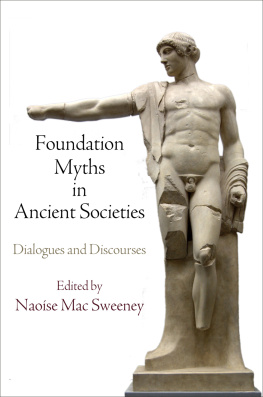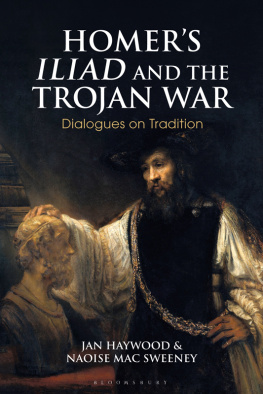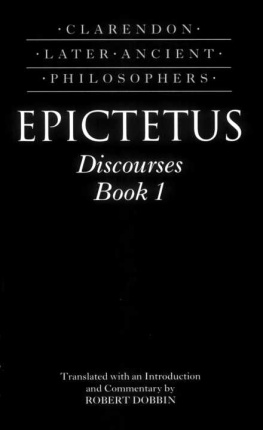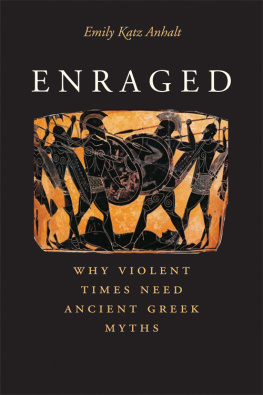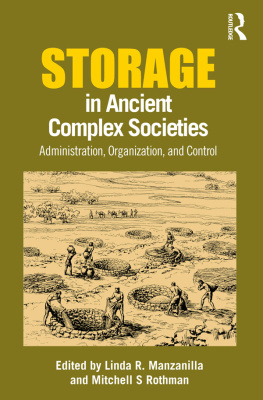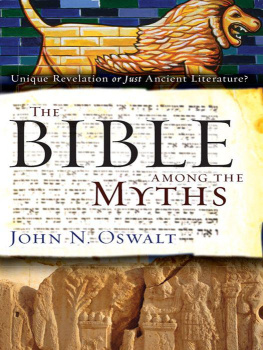Contents
Page List
Guide

Foundation Myths in Ancient Societies
Foundation Myths in Ancient Societies

Dialogues and Discourses
Edited by
Naose Mac Sweeney

UNIVERSITY OF PENNSYLVANIA PRESS
PHILADELPHIA
Copyright 2015 University of Pennsylvania Press
All rights reserved. Except for brief quotations used for purposes of review or scholarly citation, none of this book may be reproduced in any form by any means without written permission from the publisher.
Published by
University of Pennsylvania Press
Philadelphia, Pennsylvania 19104-4112
www.upenn.edu/pennpress
Printed in the United States of America on acid-free paper
1 3 5 7 9 10 8 6 4 2
Library of Congress Cataloging-in-Publication Data
Foundation myths in ancient societies : dialogues and discourses / edited by Naose Mac Sweeney. 1st ed.
p. cm.
Includes bibliographical references and index.
ISBN 978-0-8122-4642-1 (hardcover : alk. paper)
1. Myth. 2. Mythology. 3. Mediterranean RegionCivilization. 4. Civilization, Ancient. 5. Group identity. I. Mac Sweeney, Naose, 1982
BL312.F68 2014
292.1'3dc23
2014012639
CONTENTS

NAOSE MAC SWEENEY
IRAD MALKIN
LIEVE DONNELLAN
SUSANNE TURNER
RACHEL MAIRS
DANIEL OGDEN
MICHAEL SQUIRE
ALFRED HIRT
ROBIN OSBORNE
ABBREVIATIONS

Abbreviations for classical texts, corpora, and journals are those used in LAnne philologique or The Oxford Classical Dictionary, ed. S. Hornblower and A. Spawforth, 3rd ed. (Oxford: Oxford University Press, 1996). Abbreviations for Near Eastern reference works and corpora are those used in B. Mathieu, Abrviations des periodiques et collections en usage lInstitut franais darchologie orientale (Cairo: Institut franais darchologie orientale, 2010), or the Cuneiform Digital Library Initiative. In addition to the more commonly used abbreviations, the following are also used in this book:
AE | LAnne epigraphique |
ACO | E. Schwartz (ed.). 192274. Acta consiliorum oecunenicorum. Berlin-Leipzig: de Gruyter. |
ANET | J. B. Pritchard (ed.). 1969. Ancient Near Eastern Texts Relating to the Old Testament. 3rd ed. Princeton, NJ: Princeton University Press. |
ARV | J. D. Beazley. 1963. Attic Red-Figure Vase-Painters. 2nd ed. Oxford: Clarendon Press. |
BMC | G. F. Hill. 1910. Catalogue of the Greek Coins of Phoenicia. A Catalogue of Greek Coins in the British Museum 23. London: Trustees of the British Museum. |
CIL | Corpus Inscriptionum Latinarum |
CJ | Codex Justiniani |
CTA | A. Herdner. 1963. Corpus de tablettes cuniformes alphabtiques. Mission de Ras Shamra 10. Paris: Imprimerie Nationale. |
ETCS | J. A. Black et al. 19982006. The Electronic Text Corpus of Sumerian Literature. Oxford: Faculty of Oriental Studies, University of Oxford (http://etcsl.orinst.ox.ac.uk). |
FGrH | F. Jacoby et al. (eds.). 1923. Die Fragmente der griechischen Historiker. Berlin: Wiedmann. |
FHG | C. F. W. Mller (ed.). 184170. Fragmenta historicorum graecorum. Paris: Editore Ambrosio Firmin Didot. |
ID | 192650. Inscriptions de Dlos. 6 vols). Acadmie des Inscriptions et Belles Lettres. Paris: Champion. |
IG | 1873. Inscriptiones Graecae |
IGLSyr | 1929. Inscriptions grecques et latines de la Syrie. Beirut: Institut franais darchologie du Proche-Orient. |
IGLTyr | J.-P. Rey-Coquais. 2006. Inscriptions grecques et latines de Tyr. Bulletin dArchologie et dArchitecture Libanaises, special issue 3. Beirut: Ministre de la Culture Direction Gnrale des Antiquits. |
IGRR | R. Cagnat et al. 190627. Inscriptiones Graecae ad res Romanas pertinentes. Paris: Librarie Ernest Leroux. |
IGUR | Inscriptiones Graecae Urbis Romae |
I.Didyma | A. Rehm. 1958. Didyma II: Die Inschriften. Berlin: Mann. |
I.Ephesos | 1979. Die Inschriften von Ephesos. Bonn: Habelt. |
I.Magnesia | O. Kern. 1900. Die Inschriften von Magnesia am Maeander. Berlin: Spermann. |
I.Pergamon | 1890. Die Inschriften von Pergamon. Berlin: Spermann. |
IRT | J. M. Reynolds and J. B. Ward-Perkins (eds.). 1952. The Inscriptions of Roman Tripolitania. Rome: British School at Rome. |
KTU | M. Dietrich, O. Loretz, and J. Sanmartn. 1995. The Cuneiform Alphabetic Texts from Ugarit, Ras Ibn Hani and Other Places. 2nd ed. Mnster: Ugarit-Verlag (abbreviation derives from title of 1st ed.: Die keilalphabetische Texte aus Ugarit 1. Neukirchen, 1976). |
LIMC | 1981. Lexicon Iconographicum Mythologiae Classicae. Dsseldorf: Artemis Verlag. |
OGI | W. Dittenberger. 19035. Orientis Graeci inscriptiones selectae. Leipzig: S. Hirzel. |
PIR | Prosopographia Imperii Romani Saeculi I, II, III. 1st ed., E. Klebs and H. Dessau (189798); 2nd ed., E. Groag et al. (1933). Berlin: de Gruyter. |
PPM | Pompei: Pitture e Mosaici |
RPC | 1992. Roman Provincial Coinage. London: British Museum. |
SEG | 1923. Supplementum Epigraphicum Graecum |
Foundation Myths in Ancient Societies
Introduction
NAOSE MAC SWEENEY
Beginnings are important. The beginning sets the agenda, the tone, and the standard. Throughout antiquity, there was considerable interest in stories about beginnings, especially in those about the origins of cities, states, and peoples. Foundation myths were told across the ancient world in many different forms and through many different media. They can be found in poetry and prose, represented visually in monumental and decorative art, and played out in civic and religious rituals. Stories of origin were sometimes recounted in their entirety, forming the central narrative in a text. But even more frequently, foundation myths were alluded to obliquely or used as reference points for narratives on other subjects. Stories of beginnings and myths of foundation were ubiquitous in classical antiquity.

